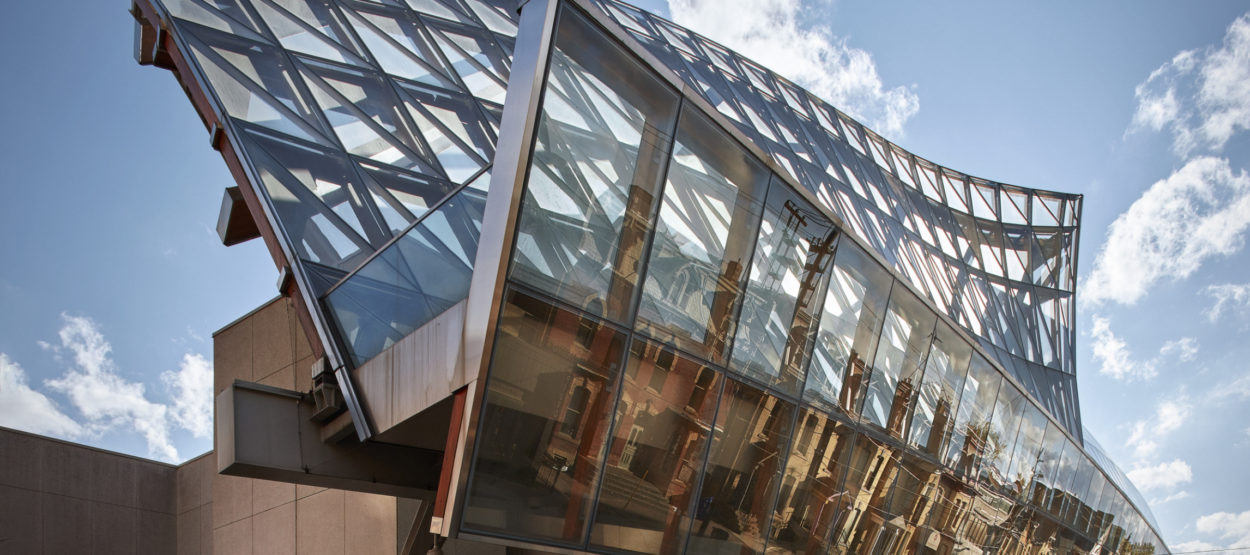The Art Gallery of Ontario (AGO) operates on land that is the territory of the Anishinaabe (Mississauga) nation and was also the territory of the Wendat and Haudenosaunee. The Dish with One Spoon Wampum Belt Covenant is an agreement between the Haudenosaunee Confederacy and the Anishinaabe Three Fires Confederacy to peaceably share and care for the resources around the Great Lakes. Toronto, which has always been a trading centre for First Nations, is also governed by a treaty between the federal government of Canada and the Mississaugas of the New Credit (Anishinaabe nation).
The AGO’s original home was The Grange, built in 1817. The property was once owned by Harriet Boulton Smith who, after joining a community of artists and business people that advocated for an art gallery in the city, gifted the estate and the building in 1902. The Art Gallery of Toronto (AGT) was established in 1913.
New immigrants to Toronto settled nearby in “The Ward” between the mid-19th and mid-20th centuries. It became home to Jews, Italians, African-Canadians, Irish refugees, and later Chinese communities. By the time the AGT became the AGO in 1966, the area was a thriving, densely populated, and culturally rich neighbourhood.
In October 2017, the AGO established the Indigenous + Canadian Art department to better reflect the Nation-to-Nation relationship that underlines the treaty that allowed Canada to come into existence, acknowledging the historical and contemporary position of Indigenous Art as existing prior to and extending beyond Canada’s borders.
This Biennial site description was generated by the curatorial team, in consultation with our creative partners, to offer lesser-known facts and histories, and explore sites in relation to the changing shoreline.
This Biennial site was made possible through a partnership with the AGO.

